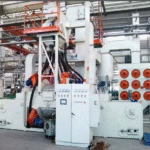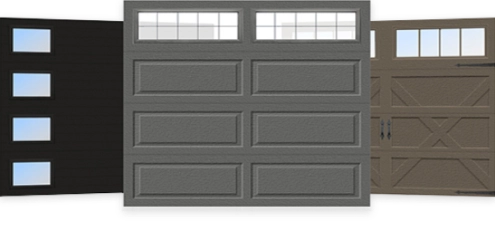Choosing between CAT 6 and CAT 7 cables can seem tricky if you’re upgrading your home or office network. Both are designed for high-speed data transfer, but their differences in construction, shielding, and performance can influence how well your system runs. Before you buy bulk ethernet cable for your next project, it’s helpful to know what each category offers and where one might outperform the other.
Understanding the Basics
Ethernet cables are classified into categories based on performance standards set by the Telecommunications Industry Association (TIA). CAT 6 and CAT 7 are both twisted-pair copper cables used for wired internet connections, but they differ in speed, frequency, and shielding design.
CAT 6 cables can handle up to 10 Gbps over a distance of 55 meters and operate at a frequency of 250 MHz. They’re widely used for home and small business networks because they offer solid performance for streaming, gaming, and general data transfer.
CAT 7, on the other hand, was designed for higher-performance networks. A cat 7 ethernet cable supports up to 10 Gbps at 100 meters and runs at a frequency of 600 MHz, nearly double that of CAT 6. It also features advanced shielding to reduce crosstalk and interference, making it ideal for environments that demand maximum signal integrity.
Speed and Bandwidth Comparison
When deciding between CAT 6 and CAT 7, speed is usually the first factor that comes to mind. Both support 10-gigabit Ethernet, but CAT 7 maintains this performance across longer distances. The higher frequency range of CAT 7 also allows it to handle more data simultaneously, resulting in faster and more reliable connections, especially in data-heavy environments.
CAT 6 is more than sufficient for most residential setups. It can easily handle 4K streaming, online gaming, and large file transfers. However, in office buildings, data centers, or homes equipped with multiple smart devices, CAT 7 provides an extra layer of speed and stability that future-proofs the network.
Shielding and Interference Protection
One of the most important differences between CAT 6 and CAT 7 cables lies in their shielding. CAT 6 cables can be either UTP (unshielded twisted pair) or STP (shielded twisted pair). The unshielded versions are easier to install but may pick up interference in areas with lots of electronic noise.
CAT 7 cables take shielding a step further. Each twisted pair inside the cable has its own individual shield, along with an overall layer of shielding around all pairs. This double protection significantly reduces electromagnetic interference (EMI) and crosstalk. If your cables run near power lines or through walls filled with electronic devices, CAT 7 provides a cleaner and more stable connection.
Installation and Compatibility
CAT 6 cables use RJ45 connectors, which are standard for most home and business networking equipment. CAT 7 cables often use GG45 or TERA connectors, but they can still work with RJ45 ports when adapted correctly. This makes them backward compatible with CAT 6 and CAT 5e systems, ensuring flexibility during upgrades.
Cost and Practical Use
The difference in price is another key factor. CAT 7 cables are typically more expensive due to their enhanced shielding and higher-quality materials. If you’re running a short cable from a router to a PC or smart TV, CAT 6 is usually the more practical option. It provides nearly identical speeds at a fraction of the cost.
Future-Proofing Your Network
While CAT 6 performs well for most current devices, technology continues to advance. As more homes adopt 10-gigabit broadband and businesses rely on cloud computing, the demand for faster and more stable connections will grow. CAT 7’s higher frequency and improved shielding make it more adaptable to future standards without requiring frequent replacements.
If you anticipate adding more connected devices, streaming multiple high-resolution feeds, or supporting data-intensive operations, investing in CAT 7 may save you from costly rewiring later.
Choosing the Right Cable for Your Needs
Here’s a quick guide to help you decide:
- For home networks: CAT 6 offers an excellent balance between performance, price, and ease of installation.
- For offices or smart homes: CAT 7 is better suited to handle complex setups with many connected devices.
- For future-proofing: Go with CAT 7 if you plan long-term use or expect faster broadband upgrades soon.
In short, both cables deliver excellent results, but your choice should depend on your budget, network size, and long-term goals.
By comparing their capabilities and installation needs, you can make a more informed decision about which cable fits your setup. For most users, CAT 6 provides ample performance today, while CAT 7 is ideal for those planning ahead for tomorrow’s faster networks.






